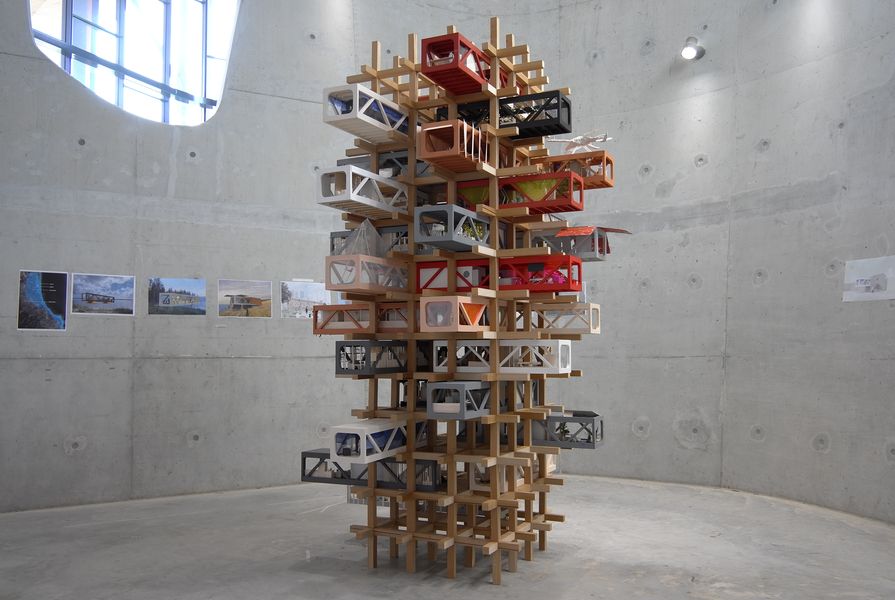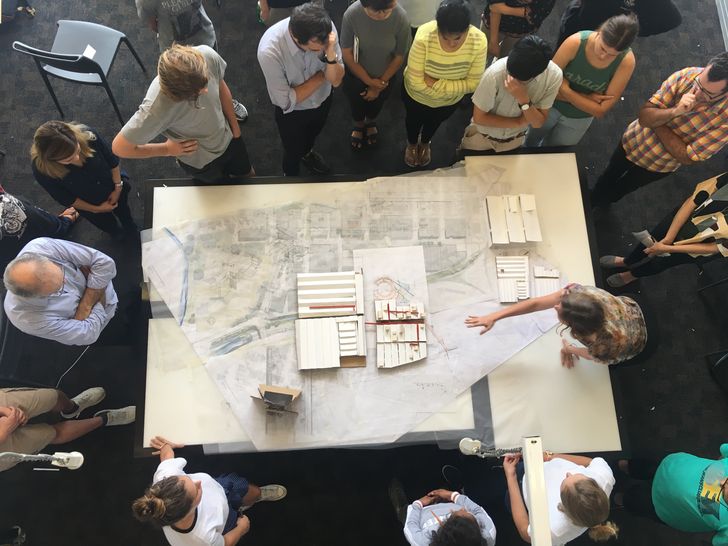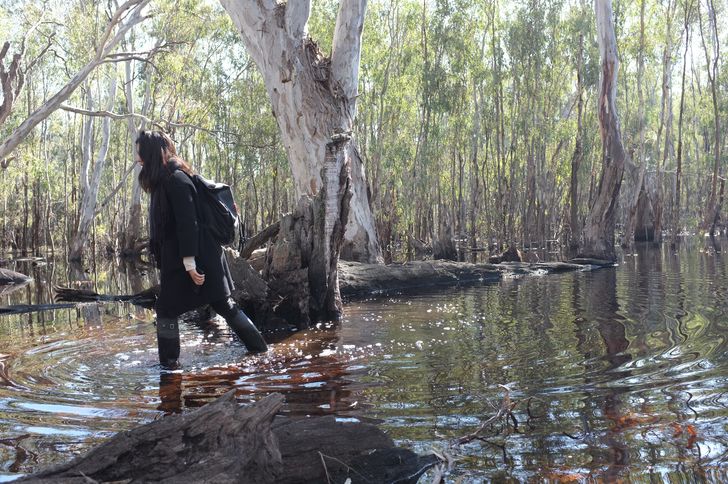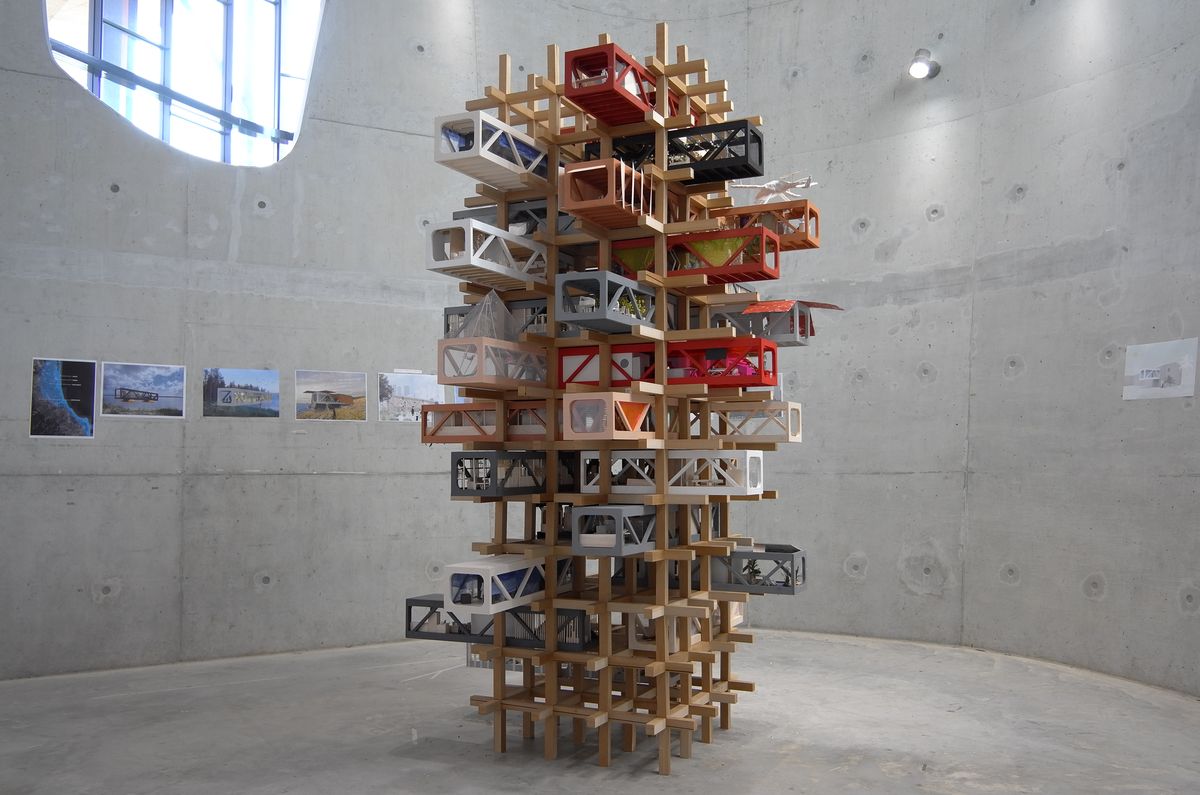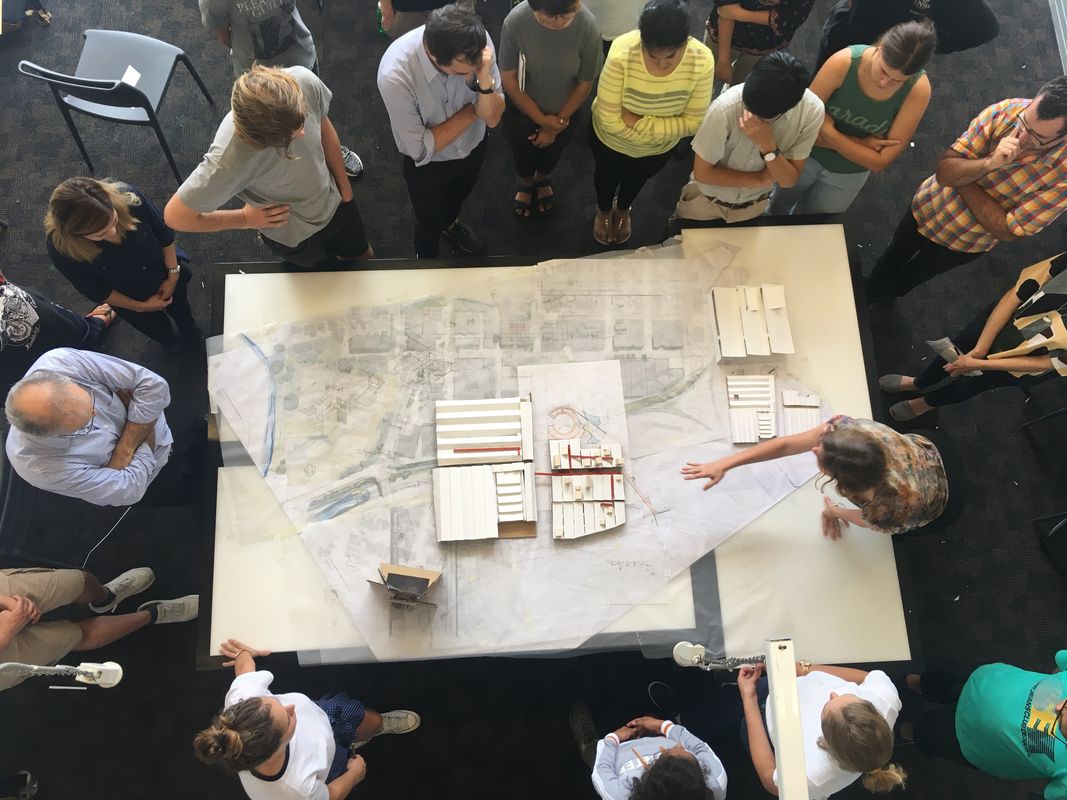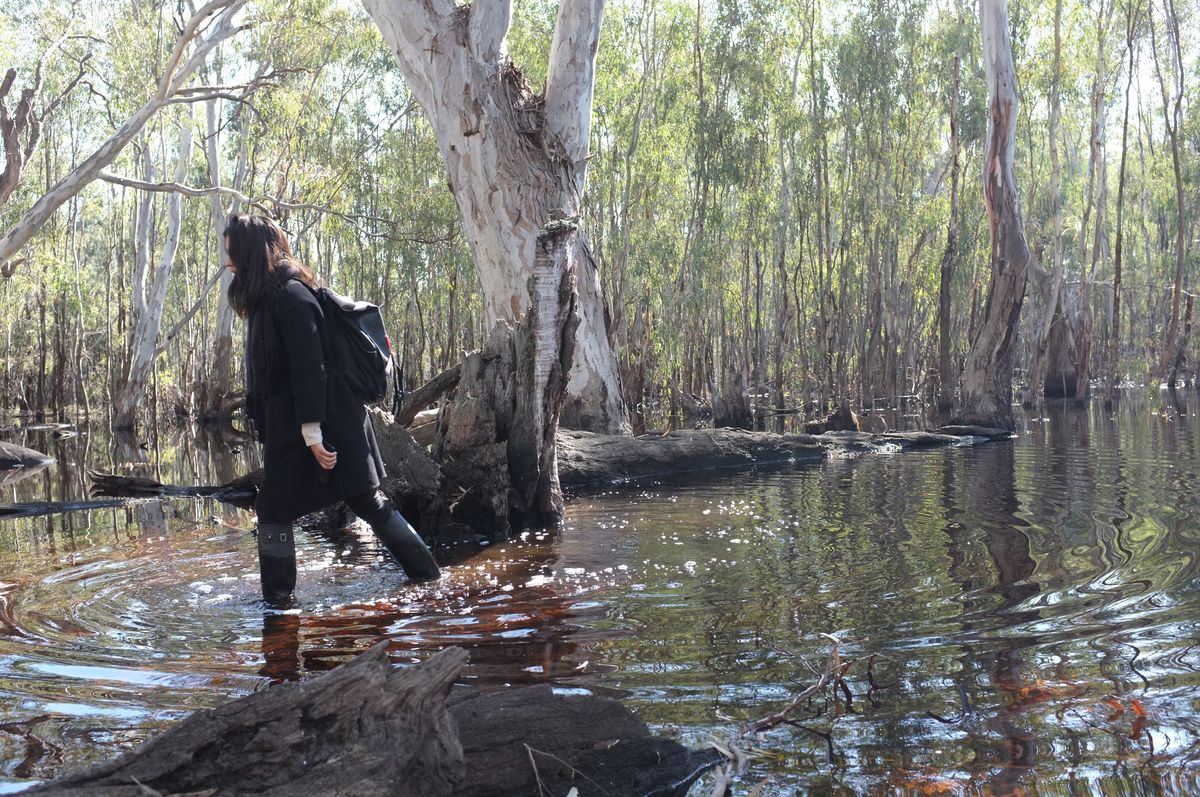In architecture schools across the world, conversations about how to respond to the climate crisis are happening right now. Fervent and well-intentioned conversations, perhaps tinged by idealism or militancy, perhaps by panic. Sometimes these are led by students, sometimes by staff and leadership, sometimes by all three working together. In places, the conversation is very advanced, while elsewhere it is halting, conflicted, or barely beginning. But it seems fair to say that many of us working in architectural education are keenly aware of how we – as educators and institutions, and acting through the professionals that we educate – contribute to the climate crisis. Conversely, we are vitally aware of how we could be part of efforts to address it.
Architecture schools equip their graduates with skills and knowledge. But, importantly, they also inculcate a set of values, an orientation and an ethical position that potentially flows on to hundreds of designed and constructed buildings over the following decades. These schools are, after all, educating whole generations of architects who can either go forth to design buildings that are part of the (low-energy, low-carbon, high-quality design) solution, or white elephants that are part of the problem. So, while individual practices and practitioners have a key role to play, we argue that architecture schools are a vital part of an ecology of response to the climate crisis across all of the built environment professions and institutions.
The 2019 Sydney Urban Lab at UNSW, led by Ricardo Flores and Eva Prats, explored the design of sustainable collective housing in the inner Sydney suburb of Marrickville.
Image: Ricardo Flores and Eva Prats
A student beginning their architecture education today is likely to be entering the profession in the late 2020s, by which point the pressures of climate change will have radically shifted the practice of architecture. It is widely agreed that by 2030, when these graduates will be a couple of years into the job, all new buildings will need to be carbon neutral and embodied emissions will need to be at least halved. Technologies, design strategies and systems that are only emerging now may be mainstream by then. Architectural education thus has a responsibility to ensure that students can confidently and positively adapt, in order to contribute constructively to a rapidly changing discipline and an uncertain future. Some schools are starting to implement this type of training already – but there is much more to be done.
So, what do students need to learn to prepare themselves for future practice in this new reality? There are a variety of “hard” skills, of course, including how to measure life-cycle carbon, use mass timber, conduct an effective post-occupancy evaluation, and the list goes on; there is little doubt that more of these skills need to be integrated into the architectural curriculum. But this, in itself, is not enough. The climate crisis, and the environmental impacts of the built environment, emerge from broader economic, political and social realms, and students need to learn how to navigate these in order to deliver true ecological architecture. This navigation involves gaining effective agency, advocating for change, engaging with diverse stakeholders, and communicating and sharing new ideas. Students may need to be equipped with the imagination, and the activist spirit, to reinvent the profession altogether.
A combined studio of Monash Master of Architecture and Master of Urban Planning and Design students, “Deep City” (led by Nigel Bertram, Catherine Murphy and Oscar Sainsbury in 2018), took a holistic approach to water-sensitive urban design.
Image: Monash Urban Lab
It would be easy to conclude that curricula must simply become more technical and move closer to engineering and other STEM disciplines, delivering specific and highly-focused technical knowledge and expertise to improve building performance. Of course, there’s little doubt that additional technical and environmental skills need to be embraced in our curricula. And without falling back into that old argument about whether architecture schools should engage in training (inculcating specific, practical skills) or education (teaching students how to think, placing practice into a larger historic and conceptual context), it is clear that some specific, pointed and expert skills will be needed by the architect of tomorrow – and that we need to start teaching these today.
But, could it also be that the more generalist, critical and creative aspects of architectural education, which spring from a base in liberal arts, the humanities and design, are in fact what will truly equip architects to face our climate-challenged future? We believe that education must focus on those qualities that architects bring, including the creative practitioner’s ability to make leaps between disparate ideas, the generalist’s ability to bring together experts and synthesize knowledge from different disciplines and – perhaps most valuable of all – the designer’s ability to visualize other realities. Perhaps one of the key contributions that architects can make, in the near and distant future, is via disegno, in its original double sense of both design and drawing – the means of making an idea visible. This ability to provide a vision of what a new world could be is central to the architect’s unique ability to communicate future possibility, and also to convey hope.
Nevertheless, for those of us in architecture schools right now, the questions mount up: is it enough to change the curriculum incrementally, to introduce priority areas, to bump up the technical skills? Or does there need to be wholesale and profound change in how we conceive and carry out architectural education, to move away from the current model that is, in many ways, remarkably unchanged from its Beaux-Arts origins? If wholesale change is needed (and we argue that it is), how do we achieve this when we are already caught in an ever-increasing web of pressures: university research performance, the complex needs of students, bureaucracy and the scrutiny of every aspect of academic work? How do we take into account the fact that architects have such limited power and control within the development and construction industry, and teach our students to advocate and agitate for change?
At the most recent meeting of the Association of Architecture Schools of Australasia in October 2019, there was a general sense that something must be done. But there was a lack of agreement on what exactly that “something” should be. Some suggested we could have maximum effect by pressuring our institutions and superannuation providers to divest from fossil fuels. Some were wary of “virtue signalling” or “greenwashing” – that is, presenting a public-relations “statement,” or a version of climate responsiveness that isn’t reflected in real terms. Some argued that a response to climate change must be mandated in every design studio, while others vehemently rejected that degree of control or constraint. Such a range of positions underscores the difficulties inherent in articulating a common position for architecture schools.
The gravitational pull toward the status quo is profoundly difficult to resist when we are stuck on the accelerating hamster wheel of academic life. Nevertheless, at the time of writing, the COVID-19 pandemic is revolutionizing the delivery of architectural education – very rapidly, and in ways that many thought impossible. There must be a similar revolution in response to the climate crisis: “business as usual” is a death sentence. There must be change, it must be wholesale, and it must come soon – not only from the profession but from architecture schools as well.
Read more articles and interviews from the climate and biodiversity emergency series.

